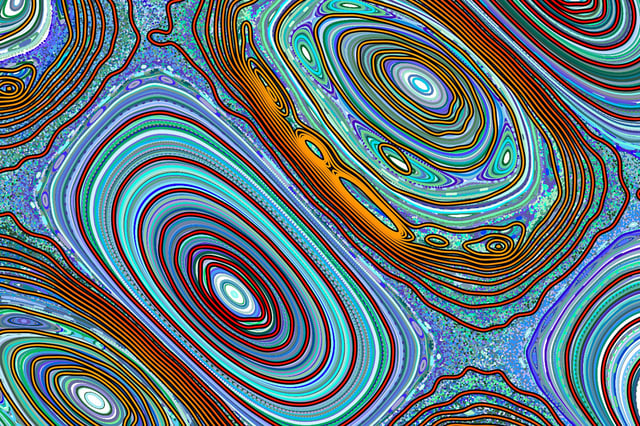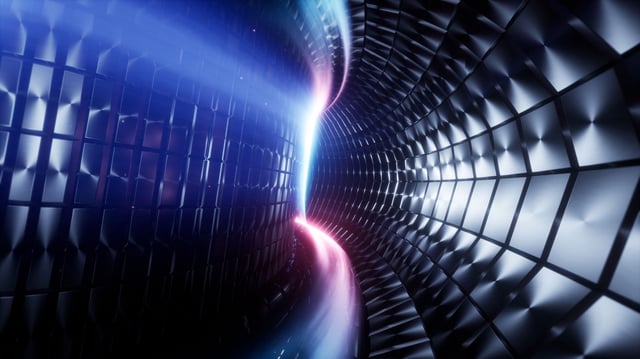Overview
- Researchers from UT Austin, Los Alamos National Laboratory, and Type One Energy developed a method to design leak-proof stellarator magnetic fields 10 times faster without sacrificing accuracy.
- The breakthrough resolves a decades-old problem in stellarator confinement, previously hindered by computationally intensive methods or inaccurate approximations.
- The new approach uses symmetry theory to eliminate magnetic field 'holes,' overcoming limitations of Newtonian simulations and perturbation theory.
- This method also has applications for tokamak safety, helping identify weak spots in magnetic fields to prevent runaway electron damage.
- The findings, published in *Physical Review Letters*, represent a significant step toward practical fusion energy and are being integrated into reactor design pipelines.


